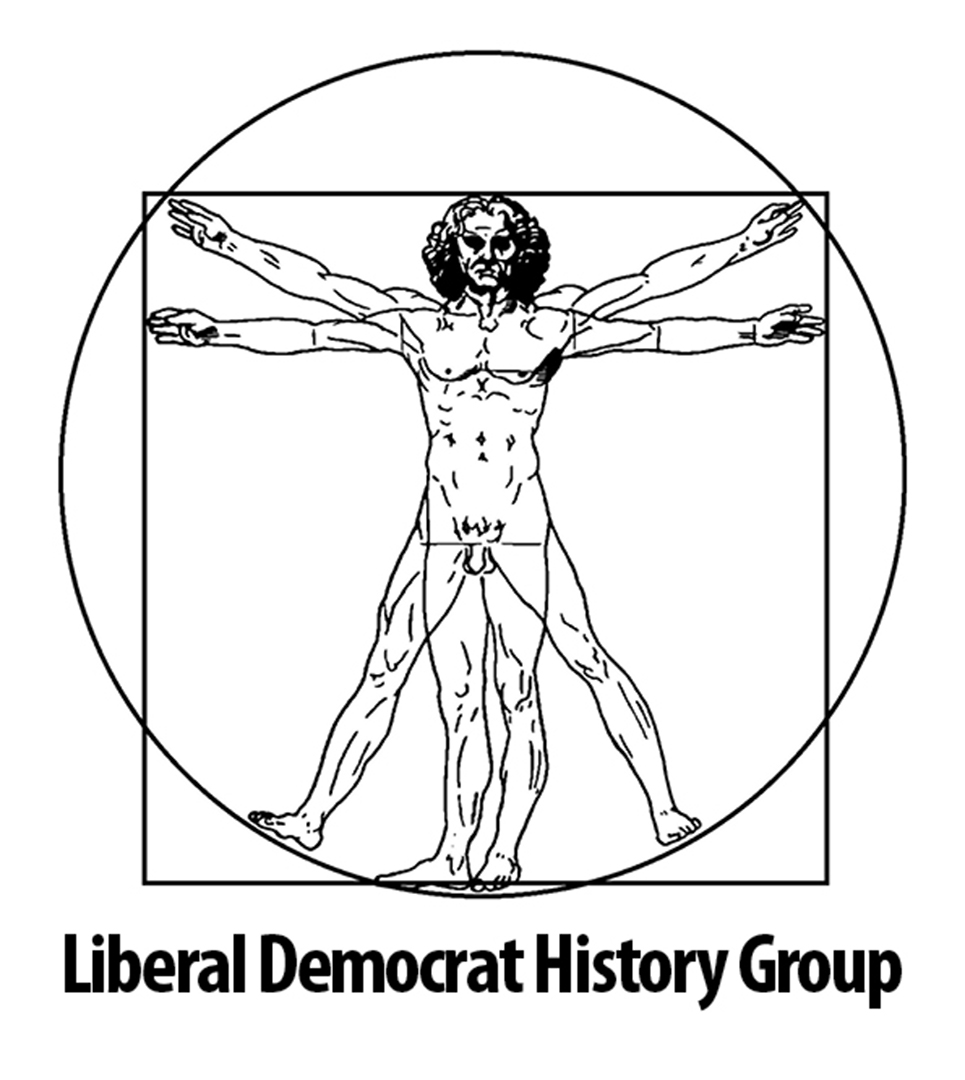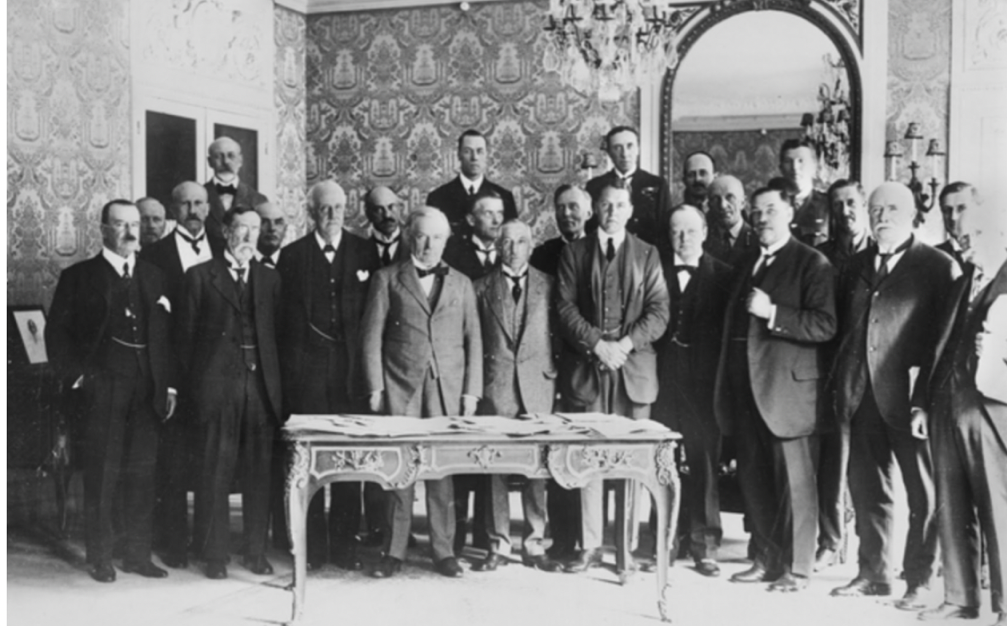An English radical, whose advocacy of equal rights for women and men attracted considerable attention in her lifetime, Wollstonecraft has subsequently acquired a reputation as the pre-eminent feminist polemicist of her day.
Wollstonecraft was born on 27 April 1759 in Spitalfields, London, the second of seven children of Edward John Wollstonecraft and Elizabeth Dixon. Her childhood was, by her own account, despoiled by her father’s bullying, drinking and dissolute behaviour. Her brother Edward was the only one of the children to receive an extended formal schooling; Mary went to school only briefly, in Yorkshire, where she learned to read and write. She was a truly exceptional autodidact, with a great appetite for literature and languages. She worked as a teacher, governess and ladies’ companion before attempting (and failing) to make a success of a girls’ school in London in the mid-1780s.
In 1787 Joseph Johnson published her Thoughts on the Education of Daughters and then employed her to write for his literary publication, the Analytical Review; she had acquired a sponsor and supporter with whom she was able to work closely for the rest of her life. It was Johnson’s patronage and encouragement that led to the publication of a Vindication of the Rights of Men in 1790.
Rushed into print in a bid to be the first of a torrent of radical responses to Edmund Burke’s Reflections on the Revolution in France, it was this work that established Wollstonecraft’s reputation as a political writer. All Burke’s opponents (including Thomas Paine) were scathing in their criticisms of his defence of hierarchy and the ancien regime, but what Wollstonecraft did was to apply radical liberal principles to women as well as to men. Her approach rested on the equal value of all human beings, and the critical role of reason in human affairs. If it was possession of reason that distinguished human beings from other creatures, surely every human being, women as well as men, should be entitled to equal respect and to self-determination? Reason itself should be developed and encouraged by co-educational schooling, and respect for the mental abilities that women and men shared should, as Wollstonecraft put it, make it possible for men and women to enjoy ‘rational fellowship’ and bring an end to ‘slavish obedience’. Men who helped to break the chains that degraded and subjugated women would benefit too: ‘they would find us more observant daughters, more affectionate sisters, more faithful wives, more reasonable mothers – in a word, better citizens’.
What became Wollstonecraft’s best known work A Vindication of the Rights of Woman, was published two years later, in 1792. She urged women to pursue ‘talents and virtues’ that would enable them to become ‘more masculine’; it was the use of reason which ‘ennobled the human character’, that she had in mind. Social conditioning and social structures meant that men were much more likely to benefit from opportunities to develop the mind; while both men and women were culturally conditioned, women were the more likely to be damaged and diminished by it. She criticised women who were ‘proud of their weakness’ and made it plain that she saw women’s reluctance to strive for independence throughout their lives as a source of vulnerability.
Wollstonecraft’s fierce and didactic criticism of her own sex should be contrasted with the worldly-wise and tolerant viewpoint found in her later fiction. In The Wrongs of Woman, the novel she was writing at the time of her death in 1797, she described a friendship between two women, an heiress confined to an asylum by a husband who coveted her fortune, and an asylum attendant who had earlier earned her living as a washerwoman, thief and prostitute. The solidarity between them was meant to challenge the social distinctions and recognise economic injustice.
Wollstonecraft’s personal and emotional life was tempestuous; she became entangled in disastrous personal relationships and attempted suicide at least twice. One relationship, with the American adventurer Gilbert Imlay, began in revolutionary Paris, and led to the birth of her first daughter, Fanny, in 1794. Despite his rejection of her she subsequently travelled to Norway to help him resolve a commercial dispute. Her happiest relationship was with the political philosopher William Godwin. In August 1797 she gave birth to their daughter Mary, but eleven days later, on 10 September, died from puerperal fever. Although Godwin had initially been opposed to marriage, he and Wollstonecraft had been married six months before the birth of the child, who became best known as Mary Shelley, the author of Frankenstein.
Mary Wollstonecraft’s career was tragically short: if the work that first acquainted large numbers of readers with her opinions can be said to mark its beginning, it lasted just seven years. Nevertheless, it had a lasting impact on the later development of the movement for women’s rights and equality between the sexes that influenced liberals and other progressives. Wollstonecraft’s partnership with Godwin might, if she had lived, have helped them both to develop and express their political ideas. Unfortunately, she was denied the opportunity to fulfil her great promise as a thinker and writer during a period of extraordinary change brought about by rapid urbanisation and industrialisation and the political upheaval that accompanied it.
Studies worth reading include Lyndall Gordon, Vindication: The Life of Mary Wollstonecraft (2006); Janet Todd, Introduction to Mary Wollstonecraft’s A Vindication of the Rights of Woman, A Vindication of the Rights of Men, and an Historical and Moral View of the French Revolution (1993); and Ralph M. Wardle, Collected Letters of Mary Wollstonecraft (1979).

